In today’s technology-driven world, wires and cables lie at the heart of connectivity. They facilitate the smooth transmission of data, electricity, and signals, enabling various industries to function effectively. Whether it’s for telecommunications, power transmission, or networking, understanding the different types of wires and cables is essential. This article serves as a comprehensive guide, providing insights into the world of wires and cable. 1. The Types of Wires and Cables: a. Coaxial Cables: These cables are commonly used in video and audio systems, providing efficient signal transmission with low noise and interference. Coaxial cables consist of a central conductor surrounded by insulation, shielding, and an outer sheath. b. Ethernet Cables: Also known as network cables, Ethernet cables are used for reliable data transmission in local area networks (LAN). They come in various categories, such as Cat5e, Cat6, and Cat7, each offering different data transfer speeds.
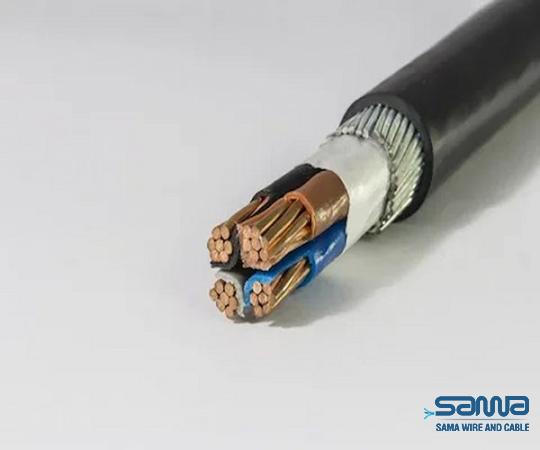
.
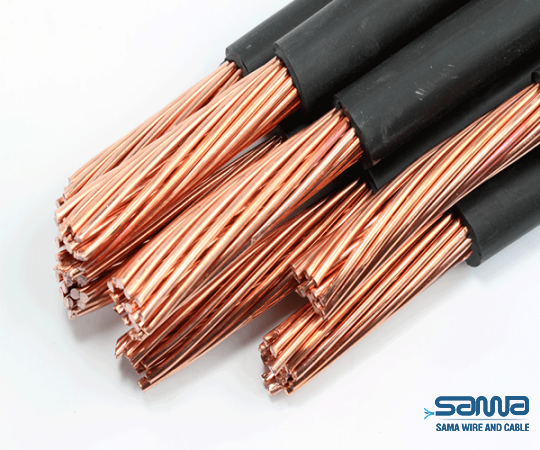 c. Power Cables: These cables are primarily used for transmitting electrical power, whether for powering equipment or connecting to the grid. Power cables are available in different voltage ratings, and the type of cable used depends on the specific application and safety regulations. d. Optical Fiber Cables: These cables employ light signals to transmit data, making them ideal for long-distance communication and high-speed internet connections. Optical fiber cables offer high bandwidth and low signal loss, making them a preferred choice in telecommunications. 2. Importance of High-Quality Wiring: Choosing high-quality wires and cables is crucial for maintaining connectivity and ensuring efficient performance. Inferior quality cables can lead to signal degradation, interruptions, and even safety hazards. Opting for reputable manufacturers or suppliers ensures reliability and longevity of the wiring infrastructure.
c. Power Cables: These cables are primarily used for transmitting electrical power, whether for powering equipment or connecting to the grid. Power cables are available in different voltage ratings, and the type of cable used depends on the specific application and safety regulations. d. Optical Fiber Cables: These cables employ light signals to transmit data, making them ideal for long-distance communication and high-speed internet connections. Optical fiber cables offer high bandwidth and low signal loss, making them a preferred choice in telecommunications. 2. Importance of High-Quality Wiring: Choosing high-quality wires and cables is crucial for maintaining connectivity and ensuring efficient performance. Inferior quality cables can lead to signal degradation, interruptions, and even safety hazards. Opting for reputable manufacturers or suppliers ensures reliability and longevity of the wiring infrastructure.
..
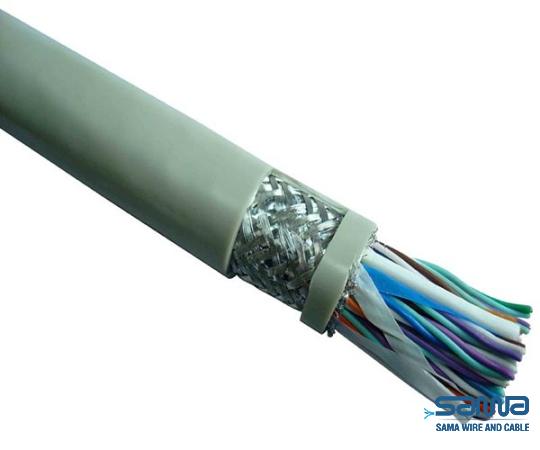 3. Safety Considerations: When installing and handling wires and cables, it is essential to prioritize safety. Adhering to safety regulations such as proper grounding, insulation, and preventing cable damage is crucial to minimize the risk of accidents or electrical fires. Conducting regular inspections and maintenance also helps identify potential issues and rectify them promptly. 4. Wire and Cable Management: Effective wire and cable management is crucial to maintain system integrity and prevent clutter. Utilizing cable trays, racks, and proper labeling not only ensures easy identification but also prevents tangling and simplifies troubleshooting. Adhering to organized cable management practices saves time, reduces maintenance costs, and enhances overall efficiency.
3. Safety Considerations: When installing and handling wires and cables, it is essential to prioritize safety. Adhering to safety regulations such as proper grounding, insulation, and preventing cable damage is crucial to minimize the risk of accidents or electrical fires. Conducting regular inspections and maintenance also helps identify potential issues and rectify them promptly. 4. Wire and Cable Management: Effective wire and cable management is crucial to maintain system integrity and prevent clutter. Utilizing cable trays, racks, and proper labeling not only ensures easy identification but also prevents tangling and simplifies troubleshooting. Adhering to organized cable management practices saves time, reduces maintenance costs, and enhances overall efficiency.
…
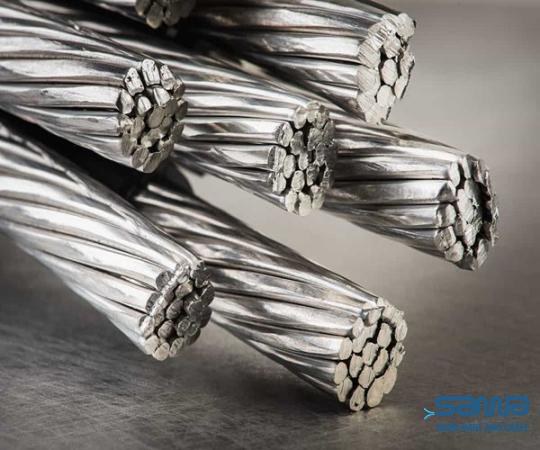 5. The Future of Wires and Cable: As technology continues to advance, the demand for faster and more reliable connectivity will persist. Wires and cables will play a vital role in supporting this need, with advancements in areas such as higher data transfer rates, improved power efficiency, and enhanced cable durability. Conclusion: Wires and cable are an integral part of modern-day connectivity, enabling seamless transmission of data, signals, and power. Understanding the different types of wires and cables, prioritizing safety, investing in high-quality infrastructure, and adopting effective cable management practices are essential for businesses and industries to leverage the full potential of connectivity. By staying updated with emerging technologies, businesses can prepare for the future and adapt to changing connectivity needs.
5. The Future of Wires and Cable: As technology continues to advance, the demand for faster and more reliable connectivity will persist. Wires and cables will play a vital role in supporting this need, with advancements in areas such as higher data transfer rates, improved power efficiency, and enhanced cable durability. Conclusion: Wires and cable are an integral part of modern-day connectivity, enabling seamless transmission of data, signals, and power. Understanding the different types of wires and cables, prioritizing safety, investing in high-quality infrastructure, and adopting effective cable management practices are essential for businesses and industries to leverage the full potential of connectivity. By staying updated with emerging technologies, businesses can prepare for the future and adapt to changing connectivity needs.
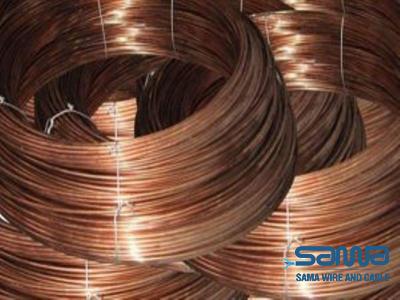
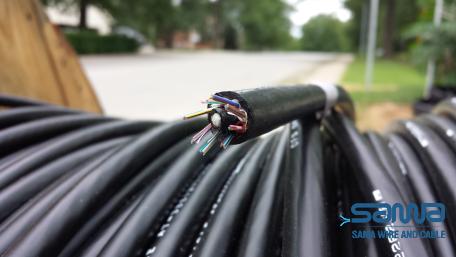
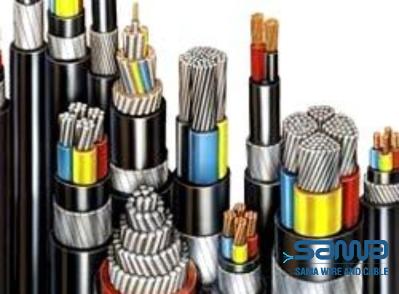
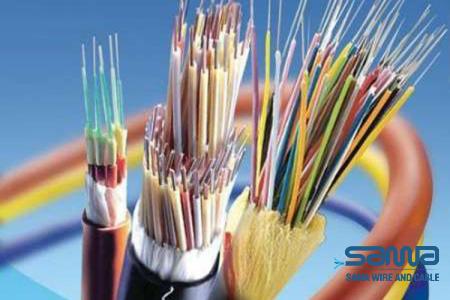

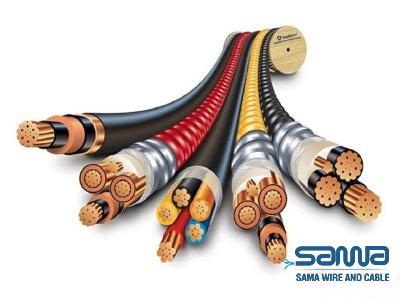
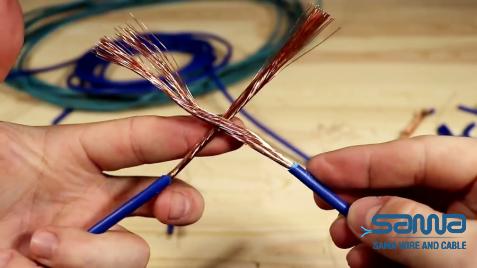
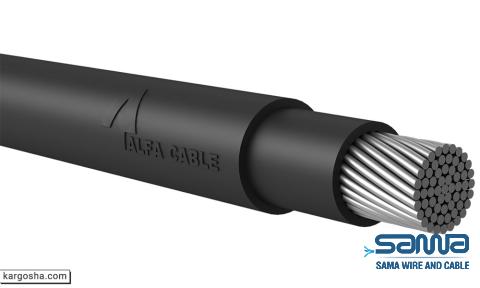
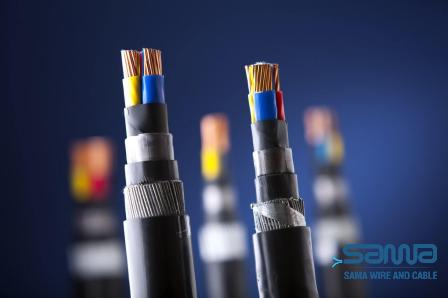

Your comment submitted.